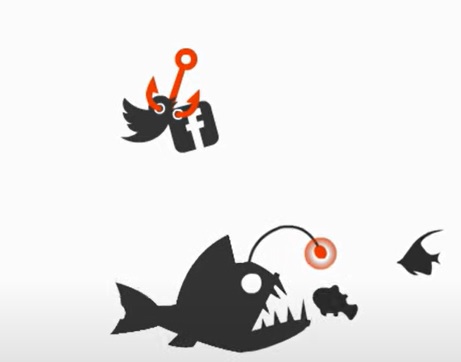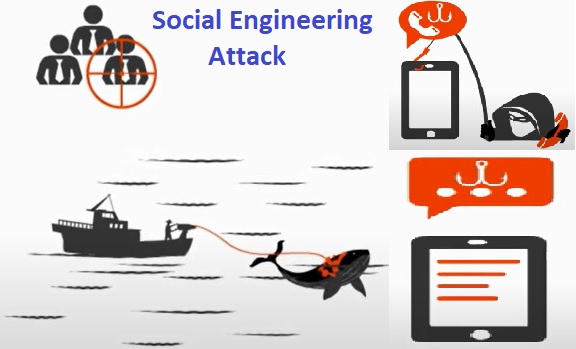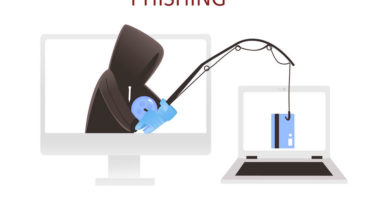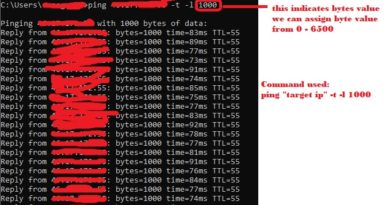Six Common Phishing Attack
Phishing is a type of social engineering, when a hacker sends a message to trick victims into handing over sensitive information to hackers or installing viruses, Trojans, or ransomware. Today we’re going to see about the six most common types of phishing attacks.
- Email phishing
- Spear phishing
- Whaling attacks
- Anguler phishing
- Smishing Attack
- Vishing Attack
1. Email phishing

Email Phishing is the most common type of phishing attack, and the target is a broad, non-specific individual, such as you and me; everyone is likely to receive email attacks from other hackers.
The impersonal email greeting and the sense of urgency created by the tense language are some warning signs, red flags, or emails phishing.
Email phishing normally includes suspicious links and attachments, and many others.
The goal of email phishing or any type of vision is to obtain sensitive information from your computer and cause damage to it.

2. Spear Phishing
Spear phishing is a personalized and more targeted form of phishing. The target is on a specific individual, and a typical scenario is that the hacker knows well about the victim, such as his name, job title, family, or even his hobbies.
The hacker can easily get this information from social media platforms.
The email seemly comes from a legitimate and trustworthy source, and the email is carefully designed and very professional both in format and content.
Because the email is tailored to each recipient and very personal, it can be difficult to detect spear phishing if you are not careful.
3. Whaling attacks

Whaling attacks are even more targeted than spear phishing because they target high-level executives, such as the CEO or CFO.
Whaling emails are professionally designed, they are normally crafted with a solid understanding of a business language and a tone.
Whaling emails appear credible when they come from trusted suppliers and partners, making them difficult to detect when a company has a large number of suppliers and partners.
Hackers obtain the confidential information or money by tricking victims to click a link or opening attachments that send out all employees’ information.
4. Anguler phishing

Anguler phishing is also called social media phishing. phishing on a social media or through social media.
Anguler phishing can take several forms. For example, a hacker may send emails that appear to be sent directly from a social media site, a hacker may post a message on your social media site with a link or attachment, or a hacker may convince a victim to hand over competition information by pretending to be a customer service agent.
For example, if you complain about a product, service, or business on Facebook and a hacker pretends to be the company customer service and tries to help you one after the other, you expose your personal information or financial secrets. As a result, never believe anyone who contacts you to help you via social media, and never post or share any sensitive information via social media.
5. Smishing Attack

Smishing attacks are when hackers use fun text messages to get your information. Similar to email phishing, smishing hackers trick victims into clicking a link, handing over confidential information to hackers, or downloading malicious programs to their smartphones.
6. Vishing Attack

Vishing is using fun composition to steal your confidential information using increasingly sophisticated scare tactics and emotion. emotional manipulation to cause employees to surrender sensitive information.
Common phishing scams involve a hacker posing as a fraud investigator from your bank or credit card company, or posing as a top manager from the company headquarters, or posing as a Medicare representative, or posing as a representative from the Social Security agency.
Conclusion:
Be aware that security threats come in a variety of shapes and sizes. Hackers use all kinds of tactics across different platforms and devices to trap you to steal your confidential information, and install malicious programs to your system.




